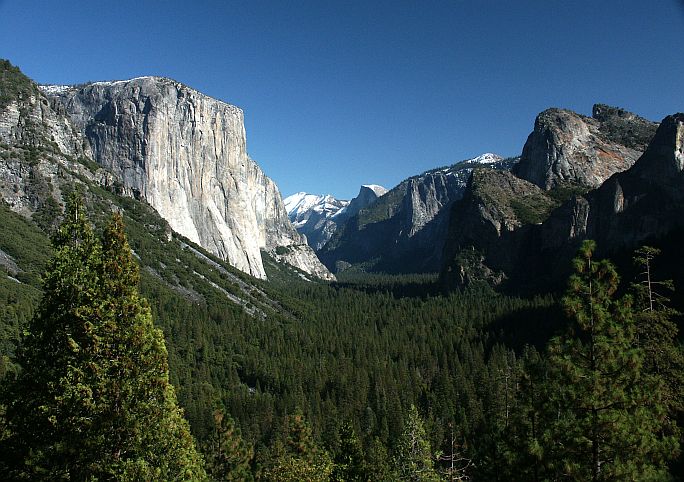Fault Block Mountains

Fault block mountains are distinguished by great sheer rock faces. These form when enormous underground pressure forces a whole rock mass to break away from another. The line at which this break takes place is called a fault.
On one side of this break the rocks rise; on the other side they sink down. An example of this process, however on a much smaller scale, was the 1906 San Francisco earthquake, when a series of tremors dislocated the rock strata by as much as 21 feet along the fault line that ran right through the city.
Some of the most spectacular mountain scenery anywhere are the great rock walls of the Sierra Nevada which are actually the sides of huge tilted fault blocks. The Sierra Nevada are in fact the broken upper edge of a huge plate that tilts down toward the west to nearly five miles below the surface of the Pacific Ocean.
Because of these characteristics the Sierras rise fairly gently from the West, only about 200 feet per mile. However from the East, the huge sheer faces of the broken plates rise quite abruptly from the earth to over two miles above sea level in places, giving us some of the huge rock sentinels of the Yosemite Valley.
Return to Mountain Formation from Fault Block Mountains



